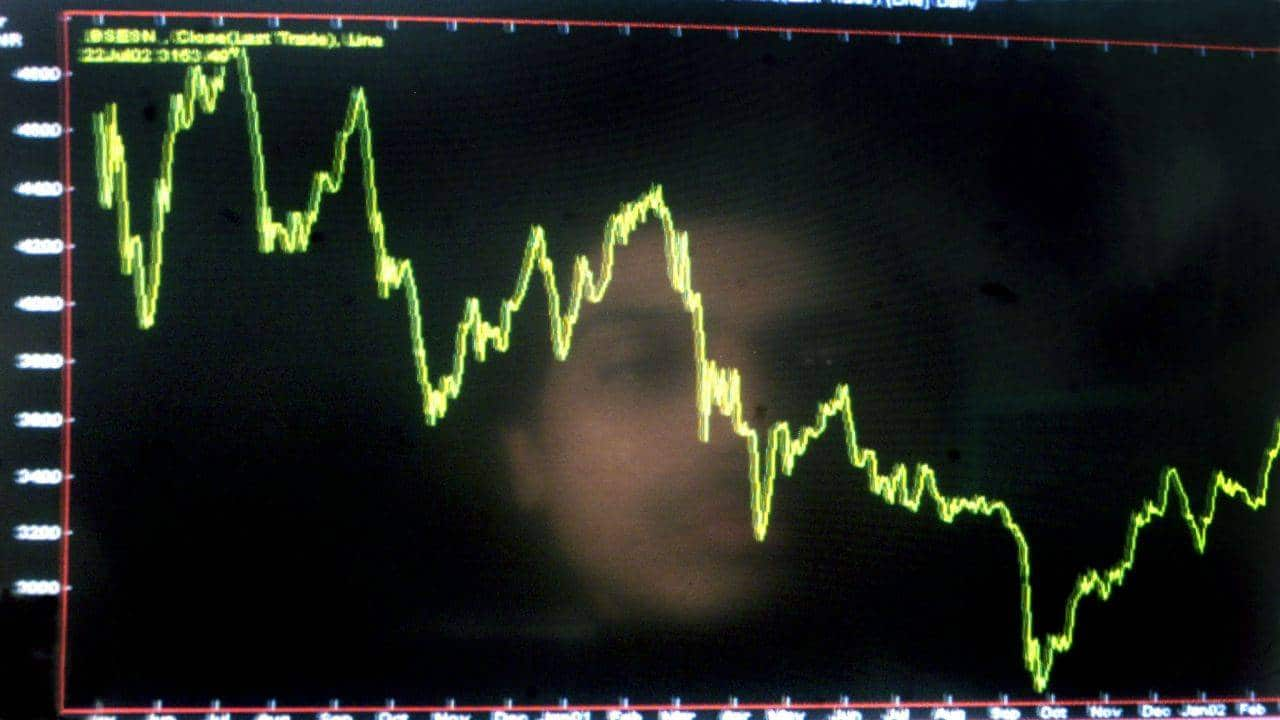Here's how you can bring down risk of consecutive losses
To bring down the risk to consecutive losses, the easiest way out is to reduce the capital per trade and be more patient to generate returns from a more consistent approach over thoughts of quick money.
SHUBHAM AGARWAL | 27-Feb-21
Reading Time: 3 minutes

Capital Allocation is not unique to just investing, even trading needs a strategic approach to capital allocation and to your surprise it may need an even more tighter approach as the turn around time of trading cycles are extremely small.
In past, while I worked for multiple broking houses, I observed a common pattern among dealers trading options . Every two to three months, 1/4th of their clients trading options used to lose a significant portion of their capital and exited the markets.
Though the stated number may keep varying due to market conditions, but the interesting fact which remains is that, active life of an options trader is very short where newbies, in an expectation of easy money, very often burn their trading capital.
Short-term trading needs additional care due to the inherent nature of wider volatility. Deploying all the capital or trading capital at-once is the biggest culprit to the failures in most of the cases and to even further amplify this, very often traders borrow money from brokers in the form of leverage trading and shortens this time scale even more.
What is the probability that you’ll lose your entire capital in a strategy with a 60% strike rate?
Let’s assume you have a capital of 1,00,000 and your trading strategy provides a net strike rate of 60% after adjusting for impact cost, brokerage and taxes. The trades are being initiated to buy options where the risk is 100% of the premium invested, but let’s say you manage risk well and obey stop losses to the extent of 30% of premium erosion. 
Now let’s talk risk with this trade.
50% loss of capital: You can lose 50% of your capital with 99.9% probability. How?
Probability mathematics says you can have 2 consecutive losses with a probability of 99.9% i.e. 50% erosion of capital which is almost guaranteed.
66% loss of capital: You can lose 66% of your capital with 3 consecutive losses which has an 88.6% probability of happening.
76% loss of capital: You can lose 76% of your capital with 4 consecutive losses which has a 54.4% probability of happening and is still more than half the probability.
If you have played in a casino you’ll realize that generally, you make money with easy games but what goes wrong with the same game is consecutive losses which are not protected enough and even small outliers make you walk out of the casino. So be it a casino or stock markets the winning lies behind the mathematics of probabilities. Any strategy deployed will have a risk profile but what is more important is to also analyse the probability of consecutive losses in those strategies.
Some generic thumb rules for trading strategies to keep probability in your favour
To bring down the risk to consecutive losses, the easiest way out is to reduce the capital per trade and be more patient to generate returns from a more consistent approach over thoughts of quick money. Below is a chart that can compress the risk of loss due to consecutive losses to below 5% with various trading system strike rates.
The above table can be read as 1/7th i.e. Rs. 14,285 to be invested per trade out of the capital of every 1,00,000 with a trading system of the net strike rate of 60%. This keeps you protected to the extent of 95% from consecutive losses.
Summary
Consecutive losses lead to the failure of many trading strategies and it can be fixed by reducing the capital invested per trade.
Learn and read more about NSE India from Quantsapp classroom which has been curated for understanding of open interest from scratch, to enable option traders grasp the concepts practically and apply them in a data-driven trading approach.
Recent Articles

3 best Options trading strategies for investors: Shubham Agarwal
11-Jan-25

3 Option trading resolutions for 2025: Shubham Agarwal!
04-Jan-25

Biggest mistakes of an Option buyer: Shubham Agarwal
28-Dec-24

Deploy ITM Spreads for expiry week trading: Shubham Agarwal
21-Dec-24

Nifty stuck, Iron Fly to the rescue: Shubham Agarwal.
14-Dec-24

Combat rise in margin by writing with protection: Shubham Agarwal
07-Dec-24

Scale medium-term view with rollovers: Shubham Agarwal!
30-Nov-24

Track Risk Index – India VIX for fall relief: Shubham Agarwal
23-Nov-24

SHUBHAM AGARWAL is a CEO & Head of Research at Quantsapp Pvt. Ltd. He has been into many major kinds of market research and has been a programmer himself in Tens of programming languages. Earlier to the current position, Shubham has served for Motilal Oswal as Head of Quantitative, Technical & Derivatives Research and as a Technical Analyst at JM Financial.
Recent Articles

3 best Options trading strategies for investors: Shubham Agarwal
11-Jan-25 09:40:00

3 Option trading resolutions for 2025: Shubham Agarwal!
04-Jan-25 10:31:00

Biggest mistakes of an Option buyer: Shubham Agarwal
28-Dec-24 09:45:00

Deploy ITM Spreads for expiry week trading: Shubham Agarwal
21-Dec-24 10:26:00

Nifty stuck, Iron Fly to the rescue: Shubham Agarwal.
14-Dec-24 15:12:00

Combat rise in margin by writing with protection: Shubham Agarwal
07-Dec-24 18:53:00

Scale medium-term view with rollovers: Shubham Agarwal!
30-Nov-24 11:11:00











